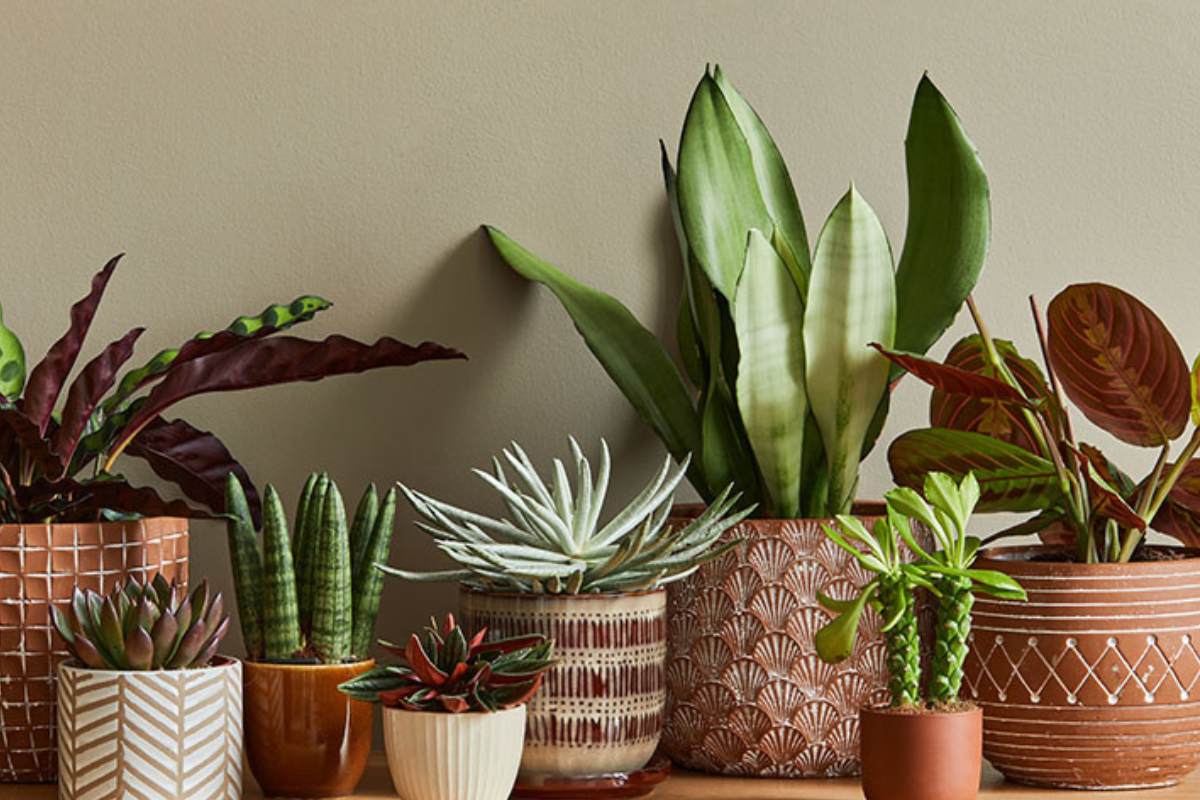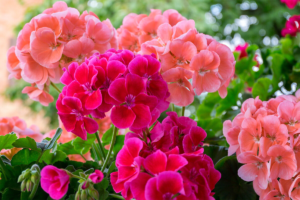Have you ever found yourself wondering why plants don’t last, no matter how much care and attention you give them? You water them, fertilize them, and provide them with plenty of sunlight, but still, they wither and die. If this sounds familiar, you’re not alone.
Many of us have experienced the frustration and disappointment of watching our beloved plants struggle to survive. But what’s behind this phenomenon? Why do plants don’t last, and what can we do to prevent it? In this article, we’ll delve into the common reasons why plants don’t last, exploring the environmental, genetic, and care-related factors that can affect their health and longevity. By understanding the reasons behind plant mortality, you’ll be better equipped to provide your plants with the care they need to thrive, and enjoy a lush, vibrant indoor garden that brings joy and beauty to your space.
1. Environmental Factors:
When it comes to understanding why plants don’t last, environmental factors play a significant role. The surrounding environment can either support or hinder a plant’s growth, and neglecting these factors can lead to a shorter lifespan. So, why do plants don’t last in certain environments?
One of the primary reasons why plants don’t last is due to inadequate lighting. Most plants require a specific amount of light to undergo photosynthesis, and without it, they can become weak and susceptible to disease. Placing plants in areas with insufficient light can lead to poor growth, yellowing leaves, and eventually, plant death. On the other hand, too much direct sunlight can cause leaves to become scorched, leading to a decline in plant health.

Temperature fluctuations are another environmental factor that can affect plant longevity. Most plants prefer daytime temperatures between 65-75°F (18-24°C) and nighttime temperatures 5-10°F (3-6°C) lower. Sudden changes in temperature can cause stress, leading to a weakened immune system and making plants more vulnerable to pests and diseases.
Watering issues are also a common environmental factor that can impact plant lifespan. Over-watering can lead to root rot, while under-watering can cause leaves to wilt and turn brown. Plants require a balanced amount of water to thrive, and neglecting this balance can be detrimental to their health.
Humidity levels can also affect why plants don’t last. Most plants prefer a humid environment, typically between 40-60% relative humidity. Low humidity can cause leaves to become dry and brittle, while high humidity can lead to fungal growth and root rot.
Air circulation is another crucial environmental factor that can impact plant health. Poor air circulation can lead to fungal diseases, while adequate air circulation can help prevent the spread of disease and promote healthy growth.
By understanding and addressing these factors, you can create a more supportive environment for your plants to thrive, and help them live a longer, healthier life. By recognizing the importance of environmental factors, you can take the first step in understanding why plants don’t last and take action to prevent it.
2. Nutrient and Soil Issues: A Key Reason Why Plants Don’t Last
Nutrient and soil issues are often overlooked but play a crucial role. A plant’s soil and nutrient supply are essential for its growth and development, and neglecting these factors can lead to a decline in plant health. So, why do plants don’t last due to nutrient and soil issues?
One of the primary reasons why plants don’t last is due to nutrient deficiencies. Plants require a balanced diet of essential nutrients like nitrogen, phosphorus, and potassium to thrive. A lack of these nutrients can cause stunted growth, yellowing leaves, and poor fruit production. For example, a nitrogen deficiency can cause leaves to turn yellow, while a phosphorus deficiency can lead to poor root development.
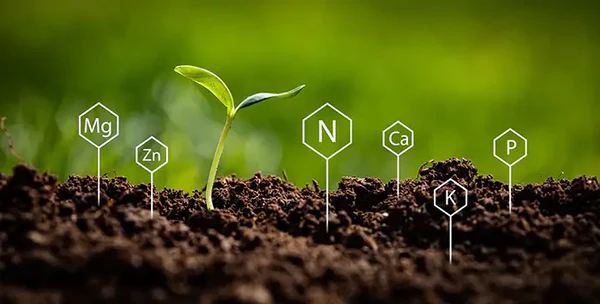
Soil pH imbalance is another nutrient and soil issue that can affect them. Most plants prefer a slightly acidic to neutral soil pH, between 6.0 and 7.0. If the soil pH is too high or too low, it can affect the availability of essential nutrients, leading to nutrient deficiencies and poor plant growth.
Soil compaction is also a common issue. When soil is compacted, it can prevent roots from growing deep into the soil, reducing the plant’s ability to absorb water and nutrients. This can lead to poor drainage, waterlogged soil, and increased risk of root rot.
Contaminated soil Soil can be contaminated with pollutants like heavy metals, pesticides, and herbicides, which can be toxic to plants. These contaminants can accumulate in the soil over time, causing long-term damage to plant health.
Poor soil structure is another factor that can affect our plants. Soil with poor structure can be prone to waterlogging or drought, leading to root rot or dehydration. Adding organic matter like compost or manure can help improve soil structure, increase nutrient availability, and support healthy plant growth.
3.Pests and Diseases:
Pests and diseases are a significant factor to consider. These unwanted invaders can cause significant damage to plants, leading to a decline in health and eventually, plant death. So, why do plants don’t last due to pests and diseases?
One of the primary reasons is due to insect infestations. Insects like aphids, whiteflies, and spider mites can feed on plant sap, causing damage to leaves, stems, and roots. These infestations can also spread diseases, further weakening the plant. For example, aphids can transmit plant viruses, while whiteflies can spread fungal diseases.
Fungal diseases are another major reason. Fungi like powdery mildew, root rot, and leaf spot can infect plants, causing damage to leaves, stems, and roots. These diseases can be spread through contaminated soil, water, or air, and can be difficult to control once they take hold.
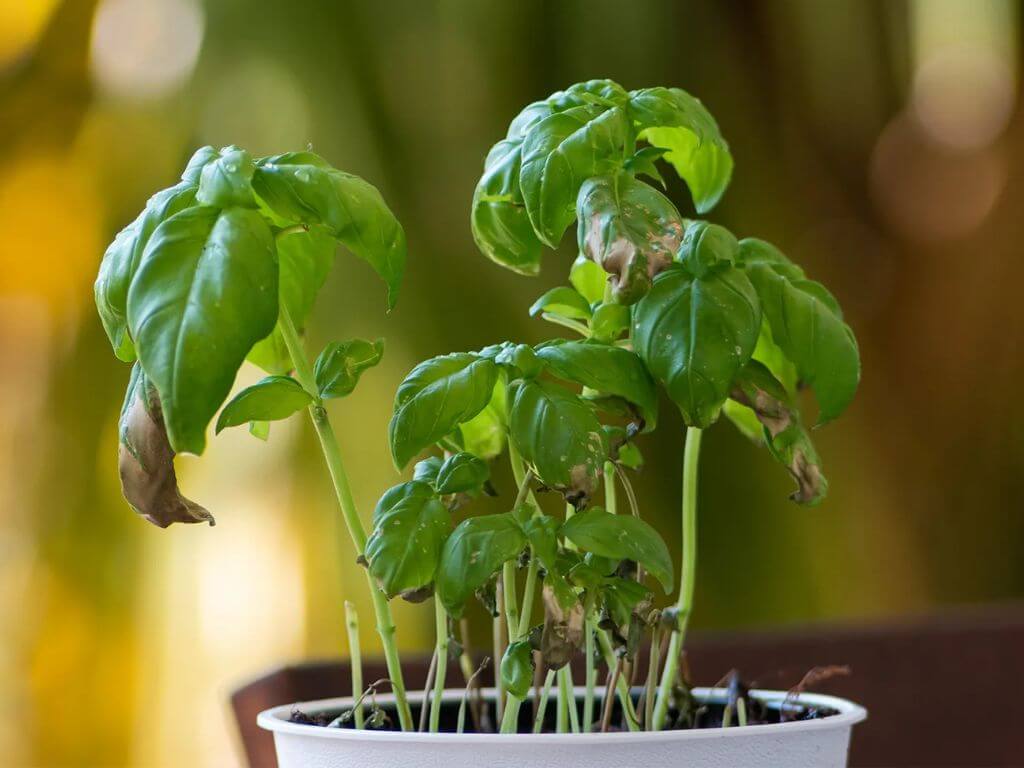
Bacterial diseases Bacteria like bacterial leaf spot and bacterial blight can infect plants, causing damage to leaves, stems, and roots. These diseases can be spread through contaminated water, soil, or air, and can be challenging to control.
Viral diseases Viruses like tobacco mosaic virus and tomato spotted wilt virus can infect plants, causing damage to leaves, stems, and roots. These diseases can be spread through insect vectors, contaminated soil, or human contact.
Prevention and control are key to preventing pests and diseases from causing plant death. Regular monitoring, proper sanitation, and the use of organic or chemical controls can help prevent infestations and infections. Additionally, using resistant plant varieties, practicing good gardening hygiene, and maintaining a healthy and balanced ecosystem can also help reduce the risk of pests and diseases.
By understanding the common pests and diseases that can affect plants, and taking steps to prevent and control them, you can help your plants live a longer, healthier life. Regular monitoring, proper care, and timely intervention can help prevent the spread of pests and diseases, and reduce the likelihood of why plants don’t last. By taking these steps, you can enjoy a thriving and healthy plant, and minimize the risk of plant death due to pests and diseases.
4. Genetic and Age-Related Factors:
When it comes to understanding why plants don’t last, genetic and age-related factors play a significant role. These factors can affect a plant’s lifespan, growth, and overall health, making it essential to consider them.
Genetic predisposition. Some plants are bred for specific characteristics, such as rapid growth or high yields, which can lead to a shorter lifespan. For example, some hybrid plants are designed to produce a high yield of flowers or fruits, but may have a shorter lifespan as a result. This genetic predisposition can affect plants, as they may be more prone to disease or pests.
Plant senescence As plants age, they undergo a natural process of senescence, where their cells and tissues begin to deteriorate. This can lead to a decline in plant health, reduced growth, and eventually, plant death. For instance, some plants may naturally shed their leaves or stop producing flowers as they age, which can be a sign of senescence.
Telomere shortening Telomeres are the protective caps on the ends of chromosomes, and as plants age, their telomeres naturally shorten. This can lead to genetic instability, reduced growth, and increased susceptibility to disease. For example, some plants may experience telomere shortening due to environmental stressors, such as extreme temperatures or drought.
Epigenetic changes Epigenetic changes refer to chemical modifications to DNA or histone proteins that can affect gene expression. As plants age, they may undergo epigenetic changes that can affect their growth, development, and response to environmental stressors. For instance, some plants may experience epigenetic changes that affect their ability to respond to drought or extreme temperatures.
Programmed cell death Some plants have a programmed cell death mechanism, where cells are intentionally killed off to promote healthy growth and development. However, this mechanism can also lead to premature aging and plant death if it is not properly regulated. For example, some plants may experience programmed cell death due to environmental stressors, such as insect infestations or disease.
By understanding these factors, you can better appreciate the complex interactions that affect plant growth and development. While some plants may be more prone to genetic or age-related issues, proper care and attention can help minimize these factors and promote healthy plant growth. By recognizing the role of genetic and age-related factors in why plants don’t last, you can take steps to optimize plant care and extend the lifespan of your plants.
5. Care and Maintenance:
Proper care and maintenance can help prevent common issues that can lead to plant death, while neglecting these tasks can significantly reduce a plant’s lifespan. So, why do plants don’t last due to poor care and maintenance?
One of the primary reasons is due to inconsistent watering. Over-watering or under-watering can cause root rot, nutrient deficiencies, and other problems that can lead to plant death. It’s essential to water plants correctly, taking into account the type of plant, soil, and climate. For example, some plants require more frequent watering during hot summer months, while others may need less water during the winter.
Nutrient deficiencies Failing to provide plants with the necessary nutrients can lead to stunted growth, yellowing leaves, and poor fruit production. Regular fertilization can help prevent nutrient deficiencies, but it’s essential to use the right type and amount of fertilizer for your specific plant. For instance, some plants may require more nitrogen, while others may need more phosphorus.
Pruning and grooming Pruning can help control plant growth, promote healthy development, and prevent disease. Regular grooming can also help remove dead or damaged leaves, stems, and flowers, which can help prevent the spread of disease. For example, pruning a plant during the dormant season can help promote healthy growth during the growing season.
Repotting and soil quality Using poor-quality soil or failing to repot plants regularly can lead to nutrient deficiencies, root bound, and other problems. It’s essential to use high-quality potting soil and repot plants as needed to provide them with the necessary nutrients and space to grow. For instance, some plants may require more frequent repotting due to their rapid growth rate.
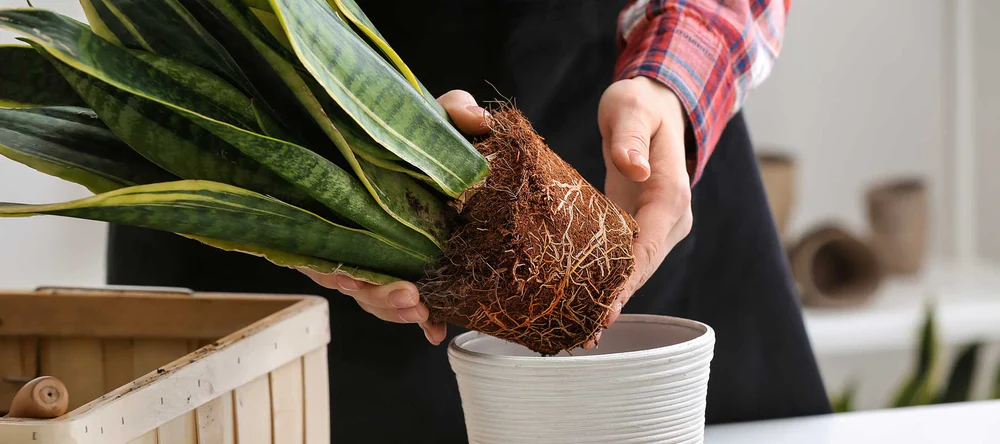
Pest and disease control Failing to monitor plants for pests and diseases can lead to infestations and infections that can be difficult to control. Regular monitoring, proper sanitation, and the use of organic or chemical controls can help prevent pests and diseases from taking hold. For example, inspecting plants regularly for signs of pests or diseases can help prevent the spread of infection.
Environmental control Providing plants with the right amount of light, temperature, and humidity can help promote healthy growth and development. It’s essential to research the specific environmental needs of your plant and take steps to provide the necessary conditions. For instance, some plants may require more light during the winter months, while others may need more humidity during the summer.
By providing plants with the necessary care and attention, you can help prevent common issues that can lead to plant death. Regular watering, fertilization, pruning, repotting, pest and disease control, and environmental control can all help promote healthy plant growth and extend the lifespan of your plants. By recognizing the importance of care and maintenance , you can take steps to optimize plant care and enjoy a thriving and healthy plant.
6. Plant-Specific Factors:
It’s essential to recognize that every plant has its own set of requirements and characteristics. The unique qualities of each species can influence their durability, adaptability, and overall lifespan. Here are the key plant-specific factors to keep in mind:
1. Species Requirements
Different plant species have varying needs in terms of light, water, temperature, and soil composition. For instance, some tropical plants thrive in high humidity and warm temperatures but may struggle in cooler climates. Understanding these specific requirements helps clarify why plants don’t last when planted or cared for outside their preferred conditions.
2. Natural Longevity and Growth Cycles
Some plants are naturally short-lived, such as annuals that complete their life cycle in a single season, while perennials are designed to flourish over several years. Recognizing the natural lifecycle of a species can set realistic expectations for plant performance and avoid the misconception that all plants should live indefinitely.
3. Adaptability and Hardy Characteristics
Certain plants are inherently more resilient and adaptable to changing conditions due to their genetic makeup. Hardy varieties are often better at coping with environmental stresses such as drought, pests, or fluctuations in temperature. On the flip side, more delicate species may succumb quickly under stress.
4. Genetic Heritage and Breeding
The genetic factors driving plant performance are significant. Breeding practices that prioritize visual appeal or rapid growth can sometimes compromise a plant’s longevity. Understanding a plant’s genetic background can provide insights into its durability and help explain certain challenges gardeners face.
By tailoring your care to accommodate these plant-specific factors, you can create an environment where each species has the best chance to thrive. Recognizing and addressing the unique needs of your plants is key to overcoming the challenges that lead many to wonder why are my plants dying?
Conclusion
In this article, we’ve explored the various reasons why plants don’t last, from environmental factors to plant-specific needs. We’ve discussed the importance of providing the right amount of light, water, and nutrients, as well as the need to protect plants from pests and diseases.
By understanding the common mistakes and misconceptions that can affect plant health, you can take steps to prevent them and keep your plants thriving. Whether you’re a seasoned gardener or a beginner, it’s essential to remember that every plant is unique and requires specific care.
To keep your plants healthy and thriving, remember to:
- Provide the right amount of light, water, and nutrients
- Protect plants from pests and diseases
- Prune and fertilize regularly
- Repot plants as needed
- Research the specific needs of your plants
By following these tips and understanding the reasons why plants don’t last, you can enjoy a beautiful and thriving indoor garden. Remember, plants are living creatures that require care and attention, but with the right knowledge and techniques, you can keep them happy and healthy for years to come.
So, take a closer look at their environment, care, and maintenance. With a little patience, attention, and knowledge, you can create a thriving indoor garden that brings joy and beauty to your space.
Final Thoughts
Why plants don’t last is a complex question with many answers. However, by understanding the common factors that affect plant health, you can take steps to prevent them and keep your plants thriving. Remember to stay informed, be patient, and provide your plants with the care and attention they need.
With the right knowledge and techniques, you can enjoy a beautiful and thriving indoor garden that brings joy and beauty to your space. So, don’t give up on your plants – with a little love and care, they can thrive and flourish for years to come.

